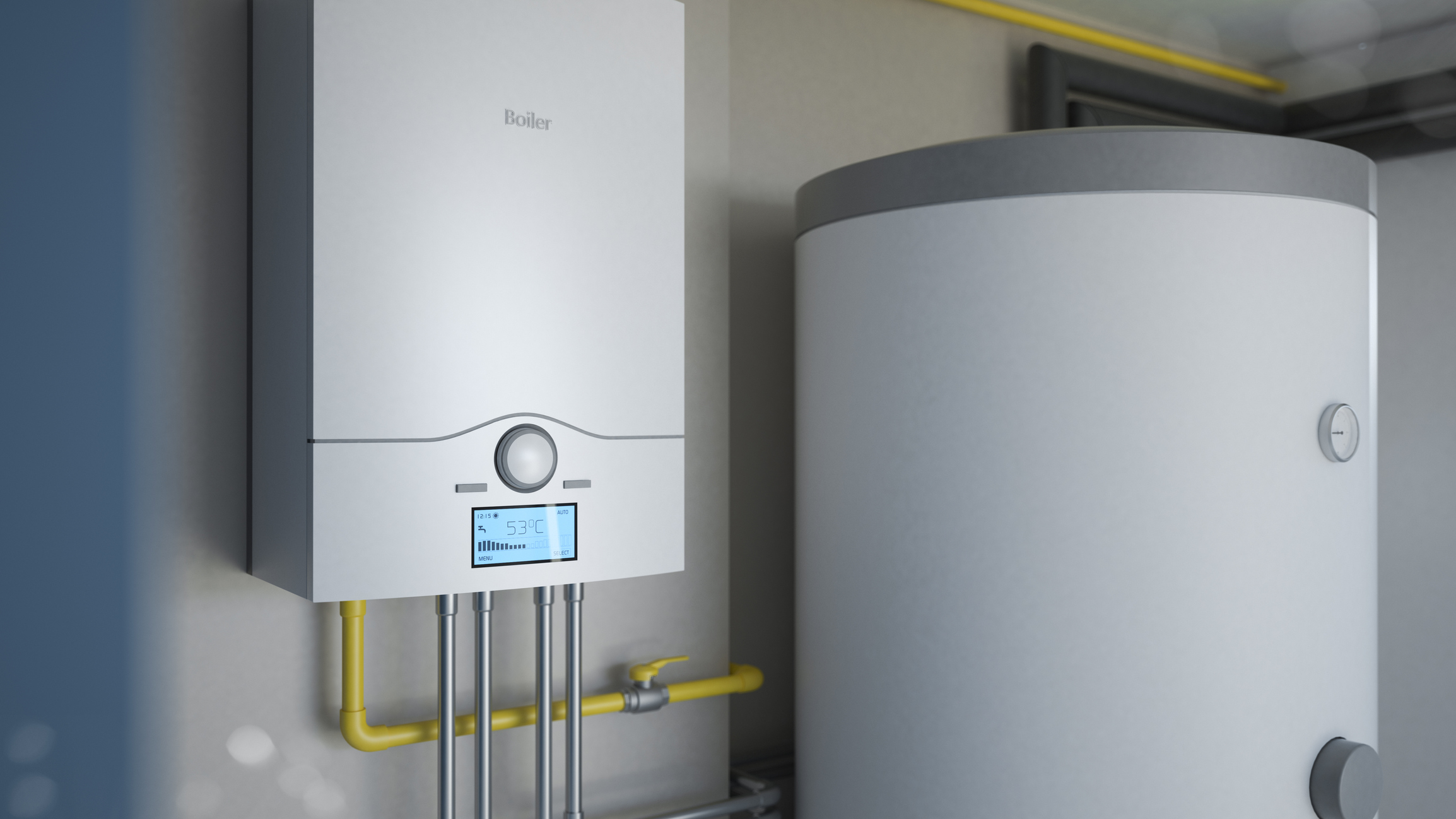Best Practices for Maintaining Your Home's Hot Water System
Best Practices for Maintaining Your Home's Hot Water System
Blog Article
What are your ideas with regards to How to Maintain Your Water Heater & Prolong its Life?

Hot water is important for daily convenience, whether it's for a rejuvenating shower or washing recipes. To guarantee your warm water system runs effectively and lasts longer, routine maintenance is key. This post supplies practical pointers and understandings on how to keep your home's hot water system to prevent disruptions and pricey repair services.
Intro
Maintaining your home's hot water system could appear complicated, however with a few basic steps, you can guarantee it operates efficiently for years to find. This overview covers whatever from understanding your warm water system to DIY upkeep ideas and knowing when to call expert aid.
Significance of Keeping Your Hot Water System
Normal maintenance not just extends the life expectancy of your hot water system however additionally guarantees it runs efficiently. Disregarding maintenance can cause lowered performance, higher power bills, and also early failure of the system.
Indications Your Warm Water System Needs Upkeep
Recognizing when your warm water system requires focus can avoid significant problems. Look out for indicators such as irregular water temperature, weird noises from the heater, or rusty water.
Comprehending Your Warm Water System
Before diving right into upkeep jobs, it's useful to comprehend the standard parts of your hot water system. Normally, this consists of the water heater itself, pipes, anode rods, and temperature controls.
Regular Monthly Upkeep Tasks
Regular regular monthly checks can assist capture small concerns prior to they rise.
Flushing the Water Heater
Flushing your water heater eliminates debris buildup, improving effectiveness and lengthening its life.
Monitoring and Replacing Anode Rods
Anode rods avoid rust inside the storage tank. Checking and replacing them when worn is important.
Checking and Readjusting Temperature Level Setups
Changing the temperature setups makes certain optimum efficiency and security.
Do It Yourself Tips for Maintenance
You can carry out numerous upkeep tasks yourself to keep your hot water system in leading problem.
Looking for Leakages
Routinely inspect pipelines and links for leakages, as these can cause water damage and higher expenses.
Testing Stress Alleviation Valves
Examining the stress safety valve guarantees it functions correctly and protects against extreme pressure buildup.
Shielding Pipelines
Protecting warm water pipes reduces warmth loss and can conserve energy.
When to Call a Professional
While do it yourself maintenance is beneficial, some concerns need specialist expertise.
Facility Problems Requiring Professional Help
Instances include significant leaks, electrical troubles, or if your water heater is regularly underperforming.
Routine Specialist Maintenance Advantages
Professional upkeep can include comprehensive inspections, tune-ups, and making certain compliance with safety and security requirements.
Conclusion
Regular upkeep of your home's warm water system is crucial for performance, longevity, and price savings. By adhering to these suggestions and recognizing when to look for professional assistance, you can make sure a reputable supply of warm water without unforeseen disturbances.
How to Maintain an Instant Hot Water Heater
Before tinkering with your hot water heater, make sure that it’s not powered on. You also have to turn off the main circuit breaker and shut off the main gas line to prevent accidents. Also turn off the water valves connected to your unit to prevent water from flowing into and out of the appliance. 2. When you’re done, you have to detach the purge valves’ caps. These look like the letter “T†and are situated on either side of the water valves. Doing so will release any pressure that has accumulated inside the valves while at the same time avoid hot water from shooting out and burning your skin. 3. When the purge valves’ caps are removed, you have to connect your hosing lines to the valves. Your unit should have come with three hoses but if it didn’t, you can purchase these things from any hardware or home repair shops. You can also get them from retail stores that sell water heating systems. Read the user’s manual and follow it to complete this task properly. When the hosing lines are connected, open the purge port’s valves. 4. You should never use harsh chemical cleaners or solutions when cleaning your unit. Make use of white vinegar instead. It should be undiluted and you’ll probably use about 2 gallons. 5. Now flush your water heater. This task should probably take about 40 minutes. We can’t give you specific directions for this because the procedure is carried out depending on the type, model and brand of your heater. With that being said, refer to the user’s manual. 6. When you’re done draining the unit, you have to turn off the purge port valves again. Remove the hosing lines that you earlier installed on each of the water valves. Put the valve caps (purge port) back in their respective places and be very careful so as not to damage the rubber discs that are found inside these caps. 7. Now that everything’s back in place, check your user’s manual again to find out how to reactivate your water heating system. 8. Once it is working, turn one of your hot water faucets on just to let air pass through the heater’s water supply pipes. Leave the tap on until water flows smoothly out of it. https://www.orrplumbing.com/blog/2014/september/how-to-maintain-an-instant-hot-water-heater/

I was brought to that article on Tips For Maintaining Your Hot Water Heater through an associate on another domain. Sharing is good. Helping others is fun. Thanks for your time. Don't forget to check up our blog back soon.
Click Here Report this page